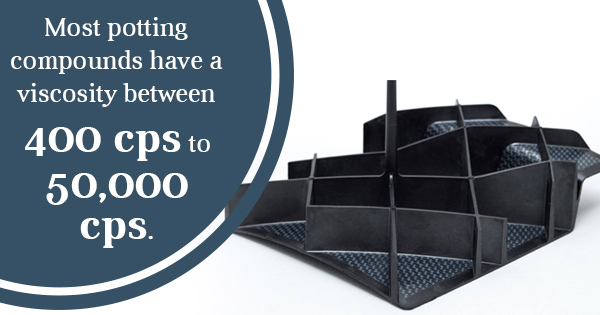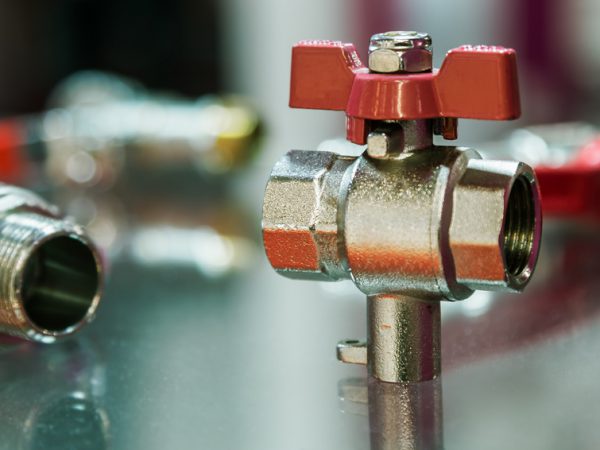
Over the last decade, LED lighting has become the standard in our homes, businesses, and even major sports arenas, concert halls, shopping centers, and transportation hubs. When you consider the entire history of electric lighting, this shift occurred very quickly. But how did the LED revolution actually come about? And how are LED modules encapsulated to protect the circuitry and the lights themselves?
How LEDs Became So Popular
Although visible-spectrum LED lights have been around since the 1960s and 70s, it wasn’t until the 21st Century that LEDs became a viable option for general lighting needs in addition to their applications for traffic lights, flashlights, and television sets. The U.S. Department of Energy, an agency that believes LED lighting could potentially reduce U.S. energy usage by nearly 50%, partnered with private organizations to further develop this kind of lighting. From 2008 to 2011, great strides were made in this area; while only a few LED bulbs could have served as possible incandescent bulb replacements in 2008, American companies managed to create viable replacements for higher-wattage bulbs by 2011.
Of course, the push for LEDs was based on the need for sustainability. The LED bulbs on the market today are six to seven times more energy efficient than traditional lights, cutting overall energy use by upwards of 80%. Plus, they can last 25 times longer than incandescent versions. The fact that LED lights now offer better energy efficiency and higher better lighting quality is a huge plus, but these bulbs used to come with big costs. Fortunately, they’re now more affordable than ever. The cost of LED lighting has fallen more than 85% since 2008, so it’s no surprise that 49 million LEDs were installed throughout the U.S. in 2012 — and those numbers keep rising. Because energy efficiency is more affordable in the short term AND the long term, homeowners and business owners are even more eager to try it out.
How LED Encapsulation Works
The popularity of LEDs isn’t limited to the bulbs in our table lamps and overhead lighting. LEDs can also be found in our cars, our television sets, and in the tech we use every single day. But in order to protect the integrity of the LEDs and their vital circuitry components, they must be encapsulated with plural component reactive resins. Because many LEDs are utilized in harsh outdoor environments (for example, the jumbo screens at baseball stadiums), metered liquid dispensers play a crucial role in safeguarding these components from the elements.
Fluid dispensing systems are used to pour a liquid epoxy into an LED moulding chamber, after which a welded LED bracket is inserted. The LED module retains its final shape when the epoxy solidifies. Metered liquid dispensers are essential to this operation, as the process is actually quite complex and one small error could compromise the integrity of the entire setup. That’s why it’s so important to work with dispensing machine manufacturers who can offer high-quality systems customized for these precise applications.
To learn more about how our metered liquid dispensers can improve and protect the quality of your LED lighting production needs, please contact EXACT Dispensing today.





